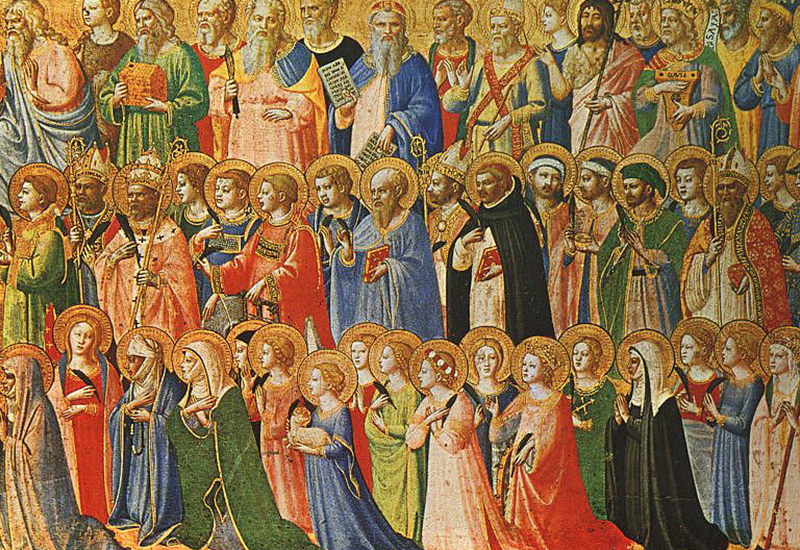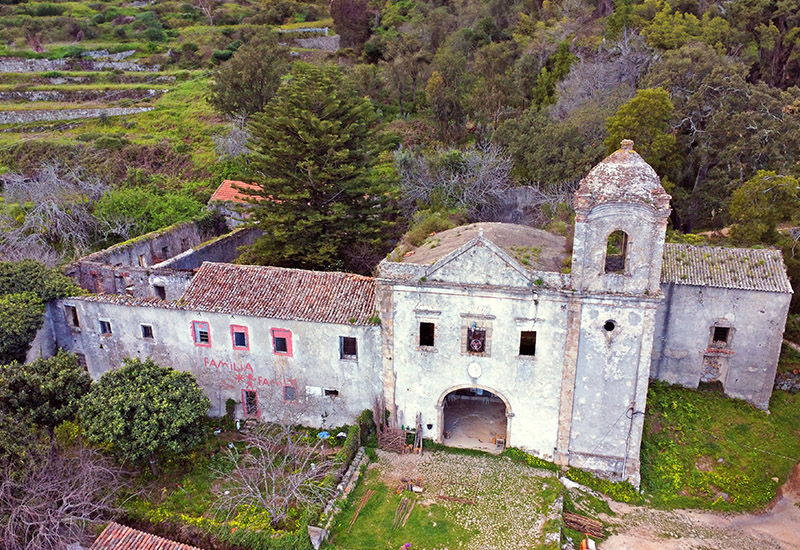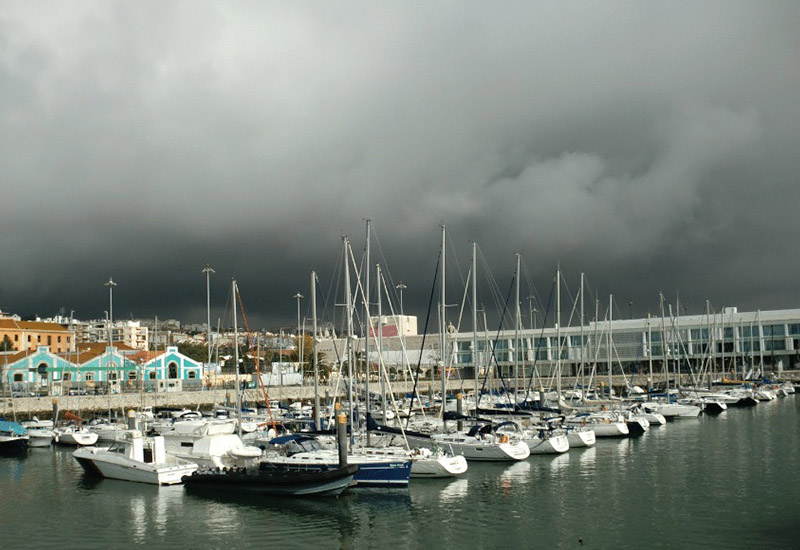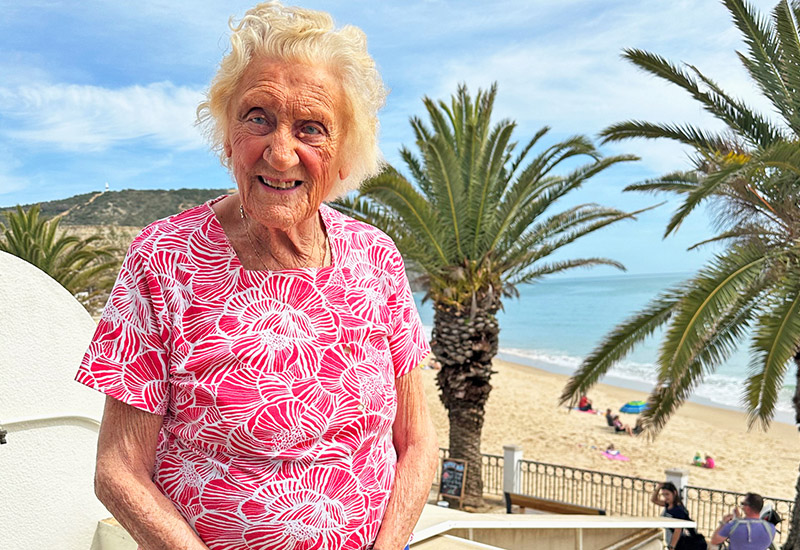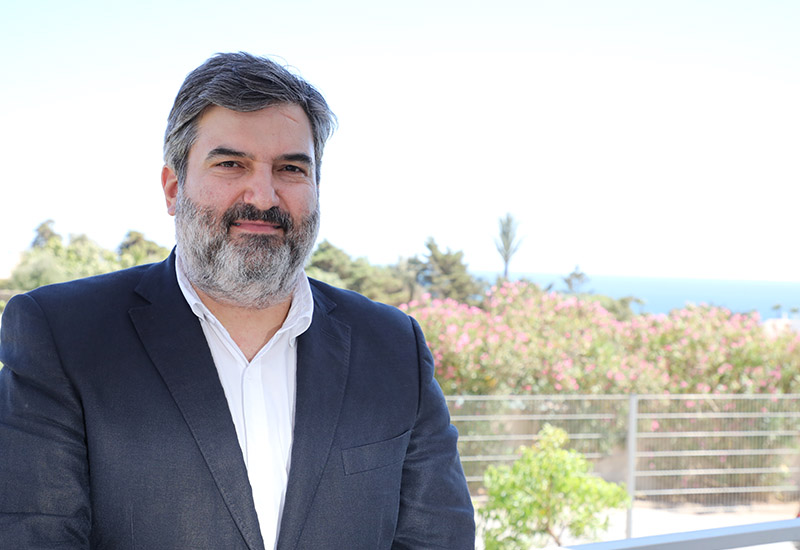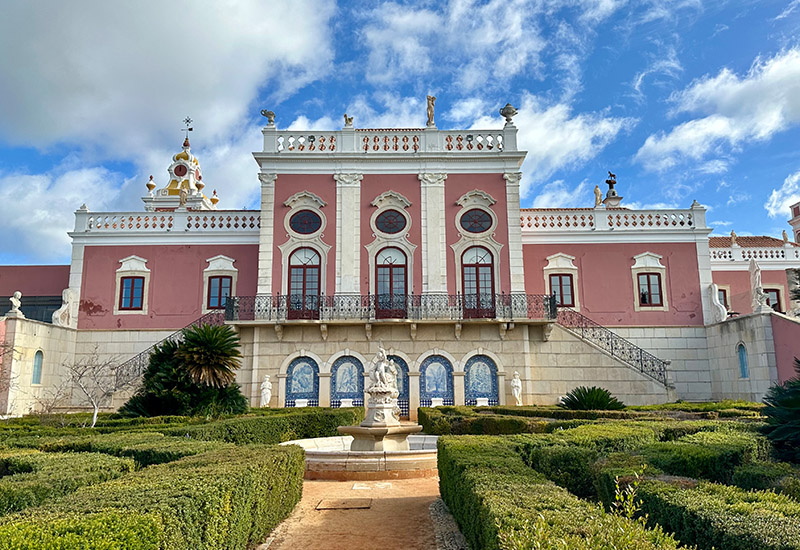Halloween, or “All Hallows’ Eve”, has its origins in the ancient festival of Samhain. This Celtic celebration marked the end of the harvest season and the beginning of winter. Celts believed that on this night, the boundary between the living and the dead was blurred, and spirits could roam freely.
When Christianity spread across Europe, the Church adopted a strategy of integrating local customs and traditions into its own celebrations, probably thinking that if they incorporated the local pagan festivals, it might encourage people to stay or join them. As a result, the Celtic festival of Samhain gradually transformed into All Hallows’ Eve, the night before All Saints’ Day.
All Saints’ Day, observed on 1 November, is a Christian holiday dedicated to commemorating all known and unknown saints – Dia de Todos os Santos in Portuguese – and it is a time when people visit cemeteries to clean and decorate the graves of their family members and friends who have passed away. They often bring flowers, candles, and other offerings to pay their respects. It traces its roots back to the 4th century when the Church celebrated the feast of all martyrs in honour of their sacrifice. Over time, this feast expanded to include all known and unknown saints who had lived righteous lives and attained heaven.
The link between Halloween and All Saints’ Day lies in the notion that the night before All Saints’ Day – All Hallows’ Eve – is a time to remember and honour the saints who have passed away. The costumes and masks worn on Halloween reflect the practice of dressing as saints and angels, connecting the living to the spiritual realm.
All Souls’ Day, observed on 2 November, follows All Saints’ Day and focuses on praying for the souls of the departed. It is a day to remember and offer prayers for all souls, particularly those in purgatory, who are believed to be in a state of purification before entering heaven. The custom of lighting candles and visiting cemeteries on All Souls’ Day serves as a way to remember and honour deceased loved ones.
The connection between Halloween, All Saints’ Day, and All Souls’ Day is strengthened by the belief that on Halloween night, saints’ spirits and departed souls may visit their loved ones. This reinforces the idea that these three celebrations are connected and aims to bridge the gap between the living and the dead.
In modern times, Halloween has evolved into a hugely secular holiday with commercialised aspects like trick-or-treating and elaborate decorations, but the underlying connection to All Saints’ Day and All Souls’ Day remains. However you party on All Hallow’s Eve, it’s also a good time to think of the saints of our lives who are no longer with us.
God bless
Fr Rob
Image Forerunners of Christ with Saints and Martyrs (1424/1425) © Fra Angelico, Public domain, via Wikimedia Commons
